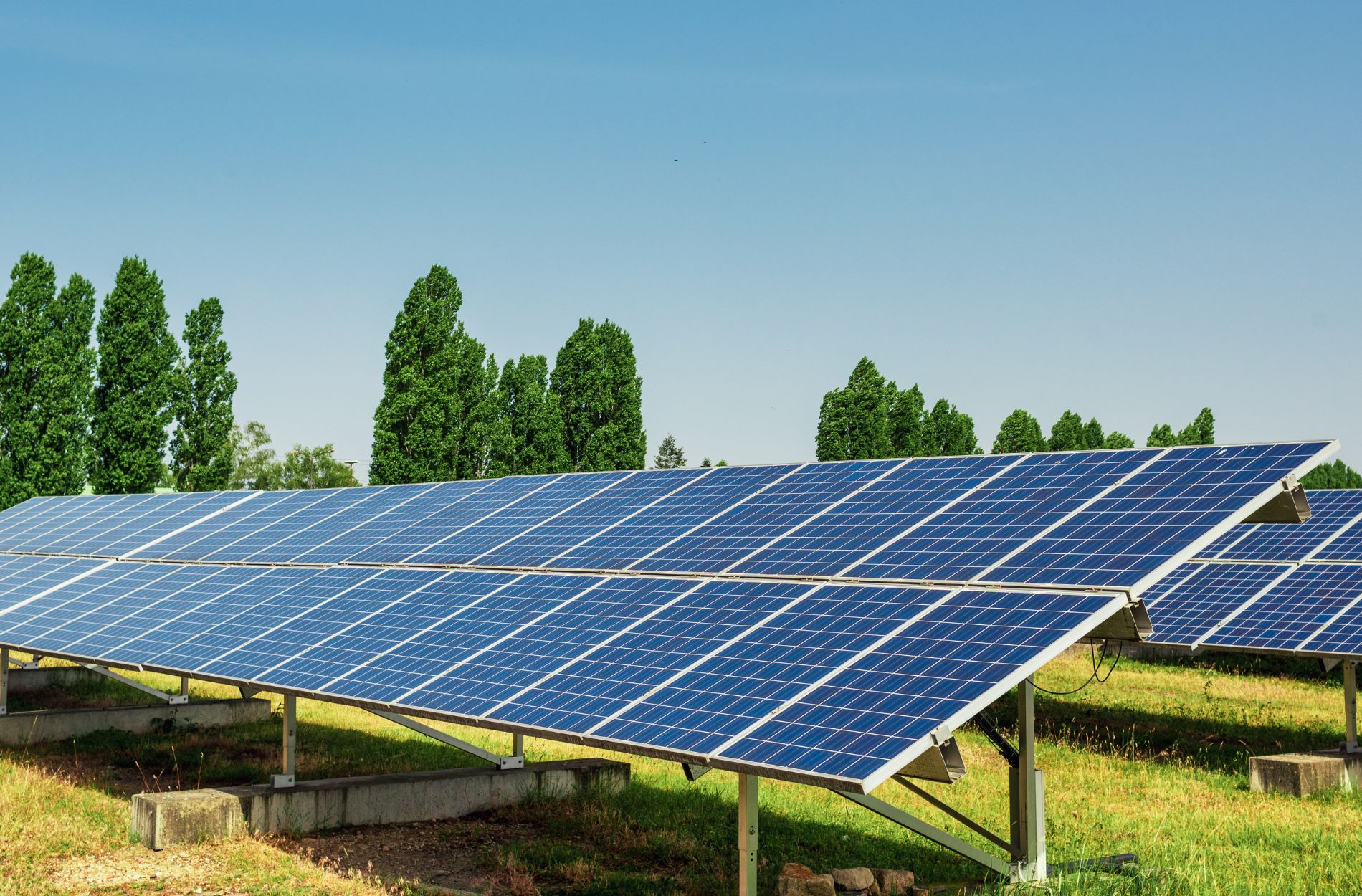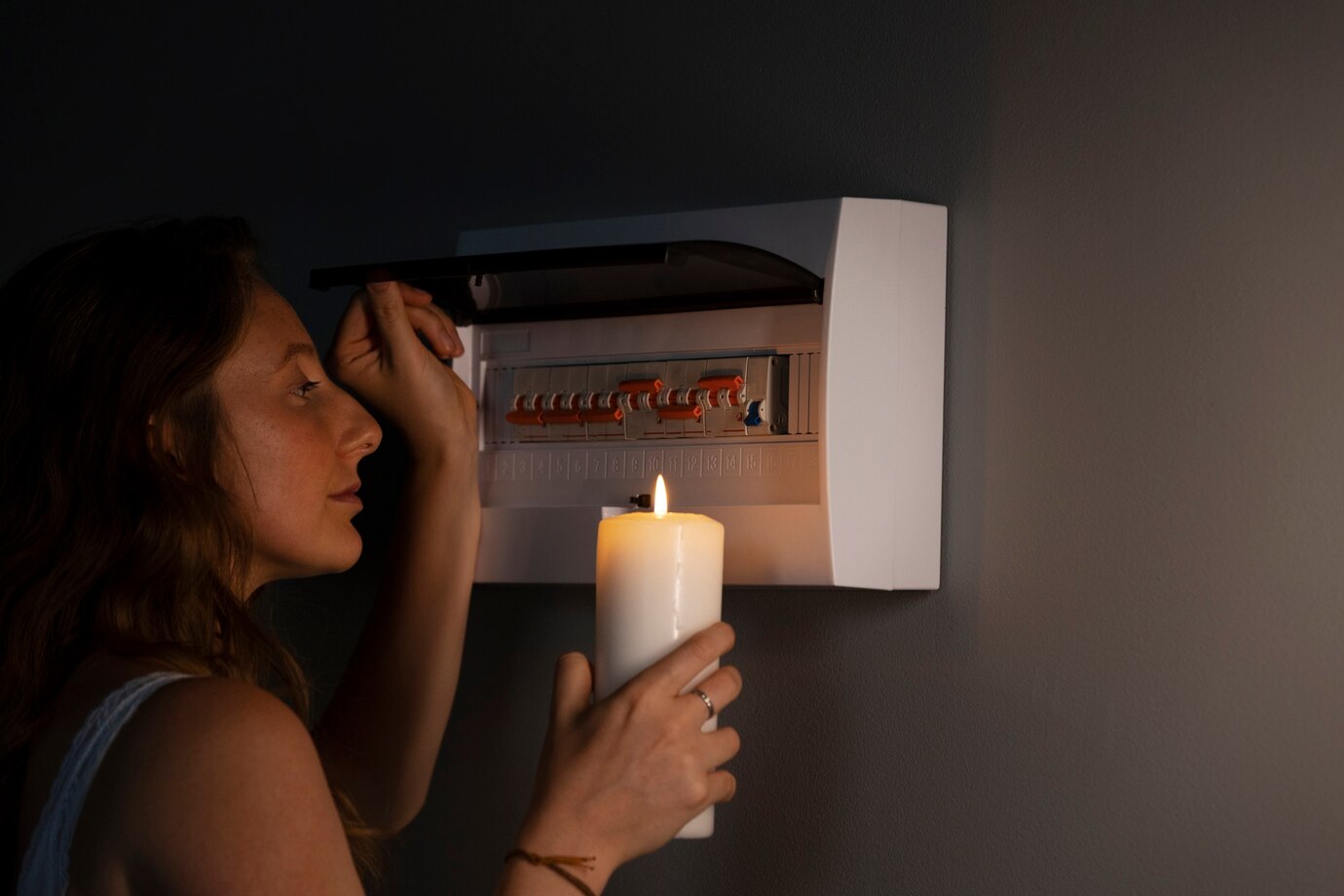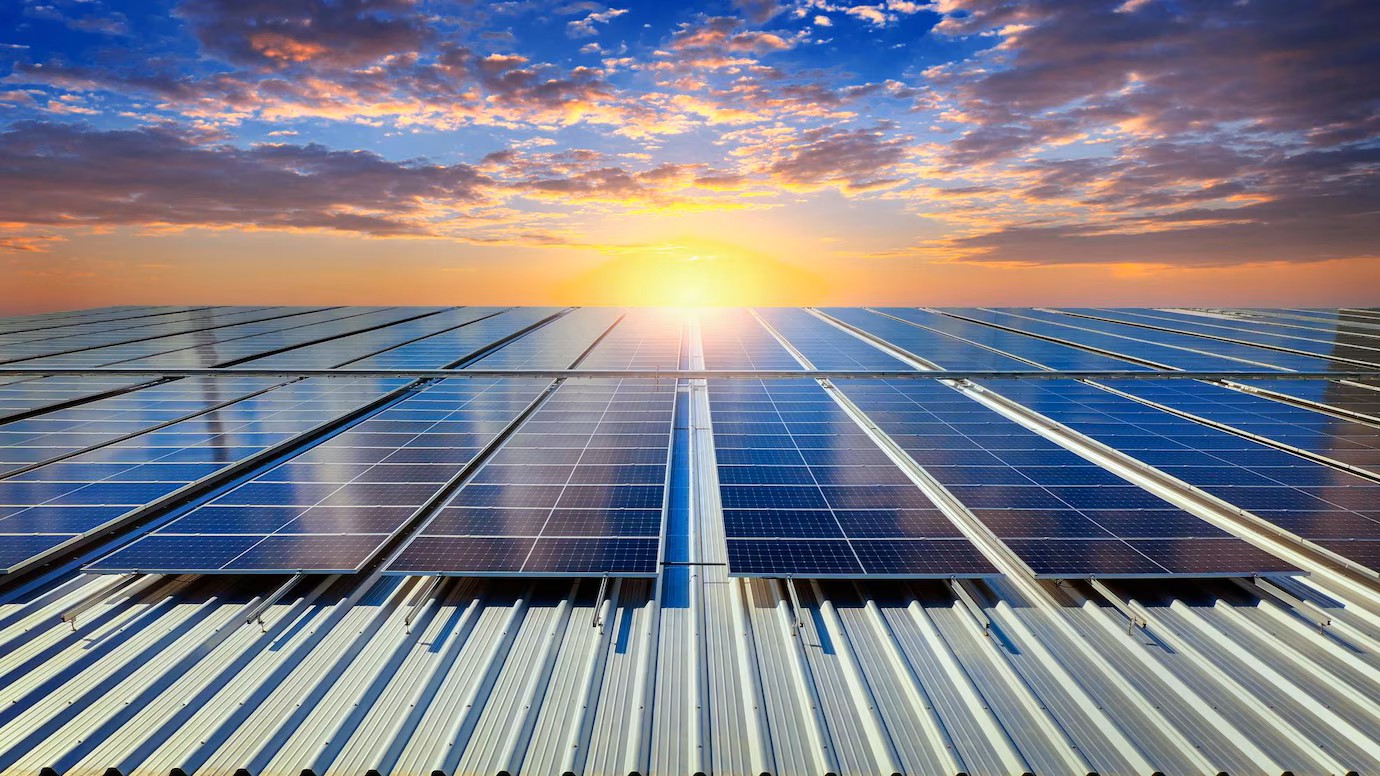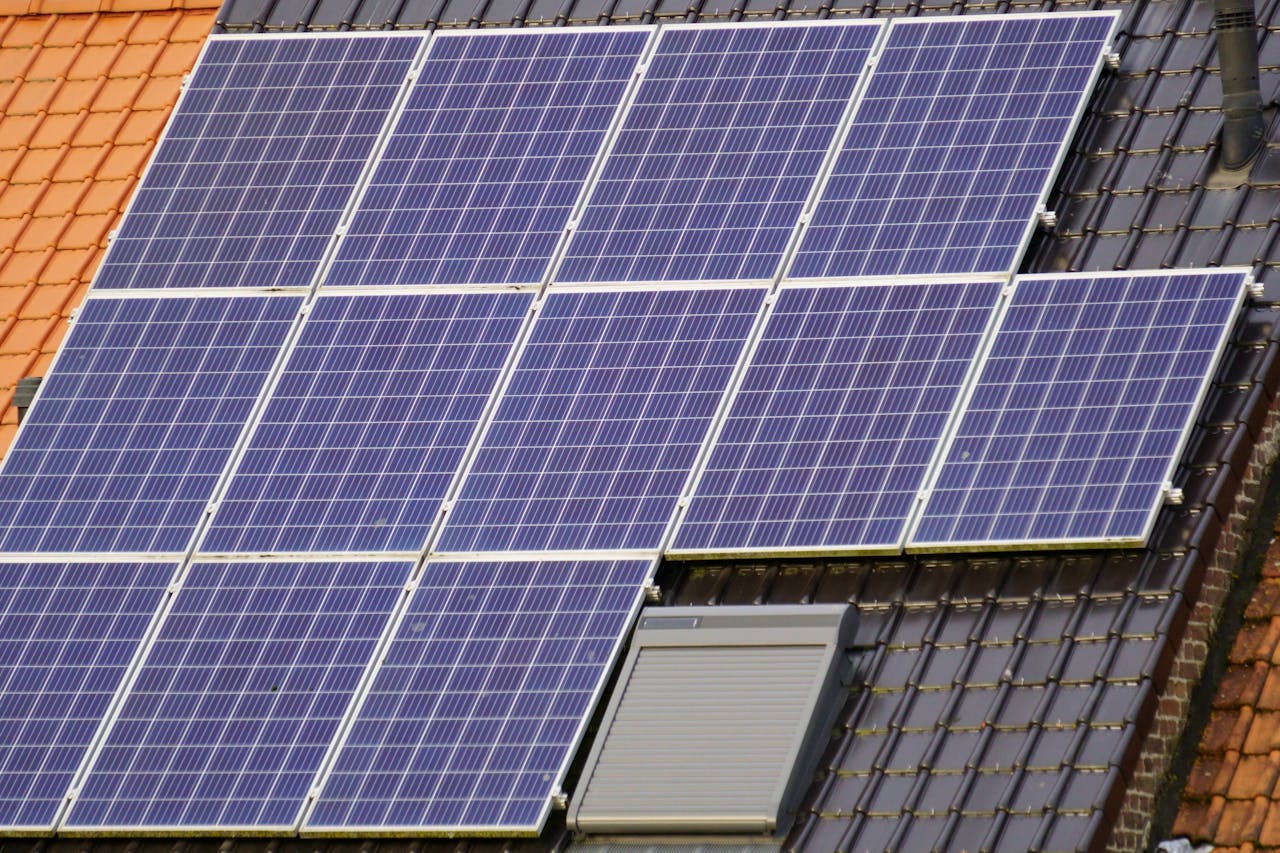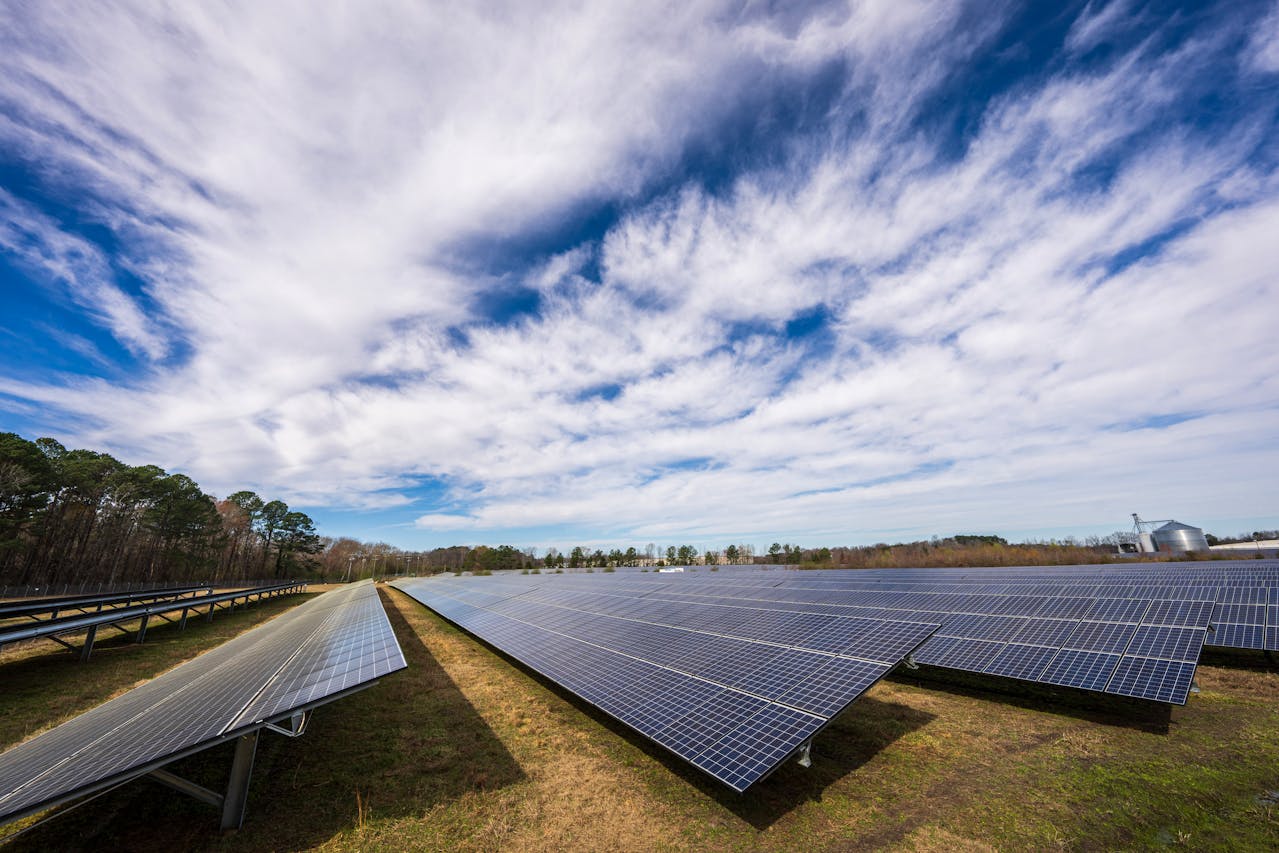Thinking about installing solar panels on your home? It’s a great way to save on electricity bills and reduce your carbon footprint. But before you get started, you need to make sure your home is ready for the installation. Proper preparation can ensure a smooth process and maximize the efficiency of your new solar energy system.
First, it’s essential to assess whether your home is suitable for solar panels. This involves looking at factors like the direction and pitch of your roof, any shading from trees or buildings, and the overall condition of your roof. Understanding these elements can help determine if solar panels will work effectively for your home.
Additionally, you might need to make some upgrades to your roof. Solar panels are a long-term investment, so your roof needs to be in good shape to support them. This might require repairs or even a roof replacement, depending on its current condition.
Next, you’ll have to navigate the permitting process. Installing solar panels typically requires approval from local authorities. This can involve submitting detailed plans and complying with specific regulations. Knowing what to expect can help you avoid delays and move forward smoothly.
Finally, it’s crucial to prepare your electrical system for the new solar setup. This can include upgrading your electrical panel to handle the additional load. Taking these steps ensures that your new solar panels will integrate seamlessly into your home’s existing infrastructure.
By taking the time to get your home ready, you can enjoy all the benefits of solar energy without any unnecessary headaches. Let’s dive into the steps you need to take to prepare your home for solar panels.
Assessing Your Home’s Suitability for Solar Panels
The first step in getting your home ready for solar panels is to assess its suitability. Start by looking at the direction your roof faces. Ideally, your roof should face south to capture the most sunlight throughout the day. If your roof faces east or west, it can still work but may be less efficient.
Next, consider the pitch or angle of your roof. Solar panels work best on roofs with a slope between 15 and 40 degrees. If your roof is too flat or too steep, you might need additional mounting equipment to position the panels correctly.
Shade is another important factor. Trees, buildings, or other structures that cast shadows on your roof can significantly reduce the efficiency of your solar panels. Take a walk around your property at different times of the day to see how much shade falls on your roof. You may need to trim branches or find ways to minimize shading for optimal performance.
Lastly, check the condition of your roof. Ensure there are no leaks, cracks, or weak spots. If your roof is old or needs repairs, fix these issues before installing solar panels. A strong, sturdy roof will support your solar panels better and ensure they last longer.
Upgrading Your Roof for Solar Installation
After assessing your roof’s suitability, you might find that it needs some upgrades. Installing solar panels is a long-term commitment, so your roof must be in good shape to support them.
Start by inspecting your roof’s age and material. If your roof is nearing the end of its life or made from materials that wear out faster, consider replacing it before installation. This ensures that your solar panels will have a stable base for many years to come.
Next, check for any necessary repairs. Fix any leaks, replace missing shingles, and reinforce weak spots. Professional roofers can help identify and address these issues, ensuring your roof is ready for the added weight and structure of solar panels.
Another important aspect is the roof’s load-bearing capacity. Solar panels add weight to your roof, so it’s crucial to confirm that your roof can handle it. Consult a structural engineer if you’re unsure. They can evaluate your roof’s strength and recommend any necessary reinforcements.
In some cases, you may need to install additional supports or brackets to secure the panels. This helps distribute the weight evenly and prevent any damage to your roof over time. Taking these steps ensures that your roof is fully prepared for a successful solar panel installation.
Understanding the Permitting Process
Getting the necessary permits is a crucial part of installing solar panels. This step ensures that your solar installation meets local building codes and safety standards. The first thing you’ll need to do is check with your local government and utility companies about the required permits. Each area may have different requirements, so it’s essential to gather all the necessary information upfront.
Typically, you’ll need a building permit and an electrical permit. The building permit confirms that your roof can handle the solar panels and that the installation complies with local codes. The electrical permit ensures that your new solar energy system is safely integrated with your home’s existing electrical setup.
Submitting the permit applications can take some time. You might need to provide detailed plans, including the layout of the solar panels, the type of equipment you’ll use, and how the system will be connected to your home’s electrical system. Working with a knowledgeable solar installer can help streamline this process, as they can provide the necessary documentation and ensure everything is in order.
Once you submit your applications, there may be a waiting period for approval. Inspections may also be required at different stages of the installation. Being patient and thorough during this process will help ensure that your solar installation is compliant and ready to go.
Preparing Your Electrical System for Solar
Before your solar panels can be installed, you need to prepare your home’s electrical system. First, you should evaluate if your current electrical panel can handle the additional load from the solar energy system. Some older panels might need upgrades to ensure they can safely manage the increased electrical flow.
A professional electrician can assess your panel and recommend any necessary upgrades. This might involve installing a new electrical panel or adding a sub-panel. These upgrades ensure that your home can efficiently distribute the electricity generated by your solar panels without overloading the system.
Ensure that your home’s wiring is up to date and capable of handling the solar installation. Faulty or outdated wiring can pose a safety risk and interfere with the efficiency of your solar panels. Addressing these electrical preparations in advance helps you avoid potential issues and ensures a smooth installation process for your new solar energy system.
Conclusion
Getting your home ready for solar panels involves several important steps, from assessing your roof’s suitability to navigating the permitting process. Making sure your roof is in good condition and preparing your electrical system is crucial for a successful installation. These preparations ensure that your solar energy system will be safe, efficient, and long-lasting.
By taking the time to properly prepare, you can enjoy the many benefits that solar power brings. From lower electricity bills to reducing your carbon footprint, solar panels are a fantastic investment. The process may seem overwhelming, but with careful planning and the right professional help, you can make the switch to solar energy smoothly.
Ready to install residential solar panels and transform your home with clean, renewable energy? Contact Starlight Solar today and discover how we can make your transition to solar power seamless and highly beneficial for your home.

